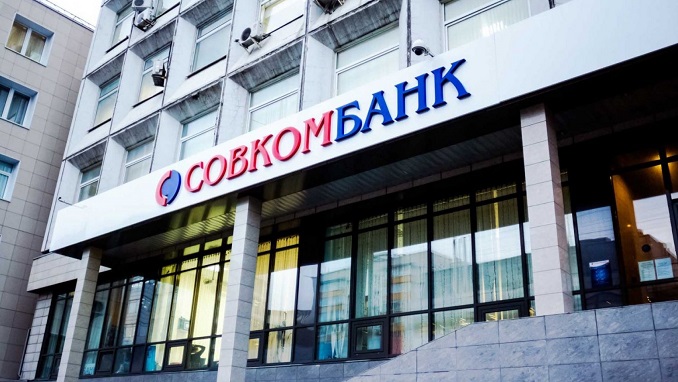Russian banks made a combined profit of 1.7 trillion rubles ($26.69 billion) in the first 10 months of the year, up nearly 42% from 1.2 trillion rubles ($18.83 billion) in January-October of 2018, the Bank of Russia said on Thursday, according to Kommersant.
The central bank expects Russian lenders to earn around 1.9 trillion rubles in the whole of 2019, it said in a monthly report on the banking sector.
According to the regulator, 363 credit organizations showed profit – this is 80% of the number of credit organizations operating at the beginning of November, and their share in banking sector assets is 98%.
“The growth of the financial result this year relative to the previous year is largely technical in nature due to the use by credit institutions of adjustments in accordance with IFRS 9, the impact of which is about 0.3 trillion rubles,” the regulator said.
The growth in the portfolio of loans to individuals in Russian banks in October was minimal in 2019 and amounted to 0.9%, the report said.
“The net increase in the portfolio of loans to individuals in October was minimal this year (+ 0.9%), which is likely due to the introduction of risk premiums on unsecured consumer loans depending on the borrower’s debt burden from October 1, 2019, and a decrease the risk appetite of banks amid some deterioration in the quality of these loans, as well as the completion of a major securitization of mortgage housing loans,” the Bank of Russia explained.
In January – October 2019, retail lending slowed down to 15.9% from 18.7% for the same period last year.
Since October 1, 2019, the Central Bank established premiums for risk ratios depending on the level of the debt burden indicator and the full cost of the loan. An increase in risk ratios means that the bank will need more capital than before to secure loans, which in turn makes credit expansion less profitable.












